Main Menu
TIME TO WAKE THE F[OREST] UP: Public Lands Protection 101

Clare runs and writes in Boulder, Colorado. She’s an environmentalist and a Patagonia ambassador, and of course, a trail sister.
Share This Article!
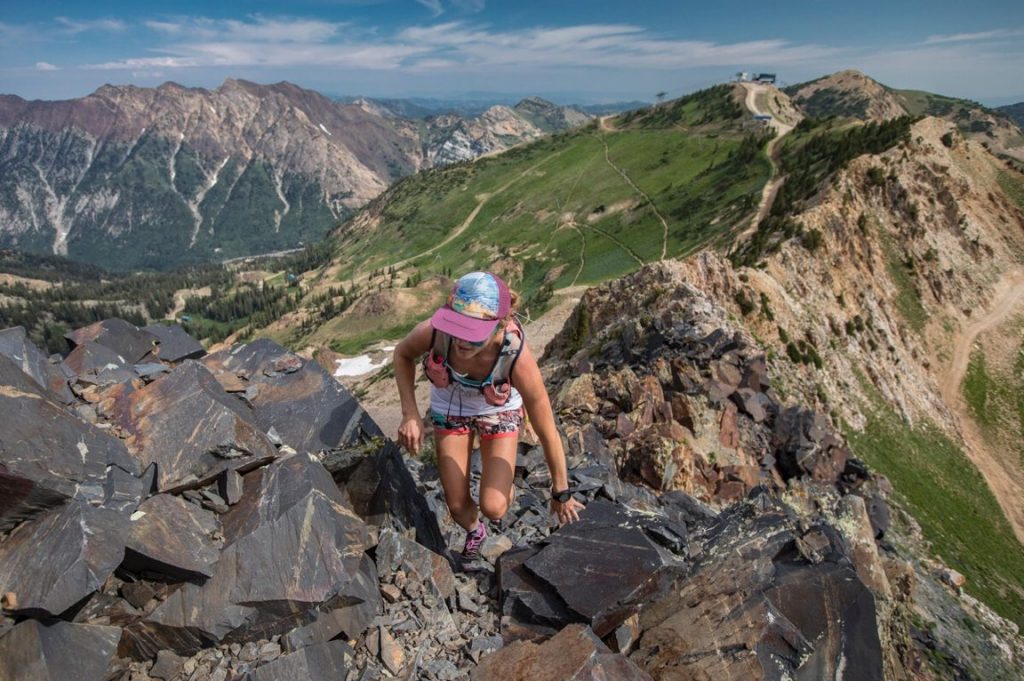
What’s all of this “protect our public lands” talk about?
Our ability, err right, to adventure on wild public trails across the country is more at risk than ever before. This due to the risk of privatization (think “NO TRESPASSING” signs), and due to the risk of land development or allowance of many uses (like logging and vehicle use) in wilderness areas. Why?
You can guess why. The man that lives in a white house. But more insidious, serious trail threats began before Trump’s election. From 2013 to 2016, a group of lawmakers dubbed the “Anti-Parks Caucus” formed and they’ve made significant progress in stopping public land protections from passing in Congress, in addition to introducing anti-wilderness bills that would destroy acts as fundamental as the Wilderness Act of 1964. More to come on this later.
First, a quick, but necessary lashing.
I’m well aware that for many of us, trail time is our worry-free time, our airplane-mode time, and the last thing we want to think about is politics. But, if we are not engaging with the politics of public land protections, we are freeloading.
We’re all guilty of it. I could do way more. But I can no longer say that it’s okay to freeload off others’ efforts to protect public trails without doing something to ensure they’re protected. This is as simple as informed voting.

I’m not the first person, nor professional trail runner, to bring this topic up. Mike Foote, public lands activist and second place finisher at this year’s Hardrock 100, says in Trail Runner Magazine that we are zoning out.
Foote provocatively inquires, “While we [trail runners] blissfully tackle miles of singletrack, are we ignorant to movements currently working hard to sell off the trails from under our feet?”
Montana Governor Steve Bullock told Foote: “I hear from snowmobilers more than I hear from trail runners… The less positive way to perceive [this] is that [trail runners] are freeloading off of everybody that is actually working on a daily basis to protect our public lands and public spaces.”
This should be a stark wakeup call to our community. As Foote also details: anglers, hunters, mountain bikers and rock climbers all have unified organizations that address the fight to protect public lands. Run Wild is the first attempt at unifying our community to show support to and act on public land issues. Yet there’s no doubt that it pales in comparison to the conservation efforts of sportsmen and sportswomen’s Backcountry Hunters and Anglers, mountain bikers’ International Mountain Biking Association and climbers’ Access Fund.
Before we get ahead of ourselves, it’s clear we runners need to review the basics, to step out of our endorphin stupor and understand what exactly is going on.

The Basics
- National Monuments (part of the National Park System)
- Wilderness Areas
- Incessantly read, ask questions, and voice your opinion to your State’s representatives. And vote like you give a shit.

What Are Public Lands?
America has millions of acres of public lands thanks to a slew of government acts that have accumulated over the years. There are many types of public lands, all of which were acquired by the federal government either by purchase, or by conquest of Native American tribes or foreign nations.
There are five main types of public lands: lands in the National Park System, National Forests, Wilderness, Wildlife Refuges and BLM (The Bureau of Land Management) land.

National Parks
National Parks are part of the National Park System, which encompasses 84 million acres, including 417 different ‘areas’ that fall under 28 types of ‘distinctions.’
The distinctions include National Parks, Monuments (currently in the news and will be discussed further), Battlefields, Military Parks, Historical Parks, Historic Sites, Lakeshores, Seashores, Recreation Areas, Scenic Rivers and Trails and the White House.
President Ulysses S. Grant established Yellowstone National Park as the first National Park in 1872, and in 1916, President Woodrow Wilson created the National Park Service.
National Parks, the largest designation type in the National Park System, are unique because they “preserve unimpaired the natural and cultural resources and values of the National Park System for enjoyment, education, and inspiration of this and future generations.”
National Parks require a variety of these items of interest to be considered a Park. They are managed by the Department of Interior and boast some of the best natural landmarks in the country, including the Grand Canyon, Rocky Mountain National Park, Yosemite, Arcadia, Denali, and the list goes on and on…
The National Monuments designation is currently relevant because of the ‘review’ mandated by Trump in April, asking Secretary of Interior Ryan Zinke to review 27 monuments, including the most recently declared National Monument: Bears Ears, under the guise that their boundaries are too large according to the Antiquities Act.
The Antiquities Act of 1906 authorized the President to declare landmarks, structures, and other objects of historic or scientific interest situated on government lands to be National Monuments. Congress designates National Parks, but with the Antiquities Act, the President establishes National Monuments. Monuments are usually smaller than Parks, as their designation requires only one item of interest.

National Forests
Similar to National Parks, National Forests boast incredible landscapes and natural landmarks. They encompass 193 million acres, including 154 National Forests, 122 ski areas (SEND IT!), 20 National Grasslands, 4,300 campgrounds (THAT’S A LOT), and they contribute 13 billion dollars to the U.S. economy in visitor spending each year (DO YOU KNOW HOW MUCH 13 BILLION DOLLARS IS?).
In short, National Forests rock. Americans use National Forests all the time, whether we realize it or not.
The important difference between the Parks and Forests is the multiple use mandate for National Forests. While National Parks preserve existing lands, National Forests are managed for many purposes—timber, recreation like skiing and mountain biking, grazing, wildlife, and fishing, among others.
In 1891 the Forest Reserve Act allowed the President to establish forest reserves and in 1905, the Department of Agriculture created the U.S. Forest Service, which manages National Forests.
The mission of the Forest Service is to sustain the health, diversity, and productivity of the Nation’s forests and grasslands to meet the needs of present and future generations.
National Forests include: Bridger-Teton National Forest in Wyoming, which yes, contains the Tetons; White Mountain National Forest in New Hampshire, which includes beloved Mt. Washington; White River National Forest in Colorado, which includes the Maroon Bells-Snowmass Wilderness, and seven other wilderness areas; and Sierra National Forest in California, which includes Yosemite and Sequoia National Parks and Mount Whitney—just to name a few…
These places are the backbone of American splendor and pride. They are public lands.

Wilderness
The third type of public land includes Wilderness. The Wilderness Act, signed into law in 1964, created the National Wilderness Preservation System. This empowers Congress to permanently protect undeveloped lands within our 623 million public acres by making them part of the Wilderness System. These areas belong to not only a National Park or Forest, but also to the National Wilderness Preservation System.
The Wilderness Act states that wilderness is “an area of undeveloped Federal land retaining its primeval character and influence without permanent improvements or human habitation, which is protected and managed so as to preserve its natural conditions…”
These wilderness areas are already part of America’s public lands: National Parks, National Forests, or BLM lands, and they encompass over 95 million acres—two thirds of this is in Alaska.
Wilderness is important because it provides long-term protection to land, not allowing multiple uses of the land. It is the land for pristine, primitive recreation and protection of native ecosystems. It prohibits mining, water development, logging, mountain biking, and motorized vehicle use, except in emergency circumstances. For backcountry enthusiasts who don’t like to hear snowmobilers in the winter, wilderness is the go-to place. No noise pollution!

National Wildlife Refuges
Established to protect land specifically for wildlife, the National Wildlife Refuge System today provides habitat for hundreds of species of birds, mammals, reptiles, amphibians, and plants, including more than 380 threatened or endangered plants or animals.
Managed by the U.S. Fish and Wildlife Service, which is part of the Department of the Interior, the National Wildlife Refuge System’s mission is “to administer a national network of lands and waters for the conservation, management, and where appropriate, restoration of the fish, wildlife, and plant resources and their habitats within the United States for the benefit of present and future generations of Americans.”
The National Wildlife Refuge System was formally created in 1903 when President Theodore Roosevelt established the Pelican Island National Wildlife Refuge. Yet, the first effort to protect federally-owned land specifically for wildlife was in l868 when President Ulysses S. Grant protected the Pribilof Islands in Alaska—often referred to the “Galapagos of the North”—as a reserve for the northern fur seal. In l869, Congress formally enacted legislation for the purpose of protecting land of specific wildlife.
Today, the Refuge System has grown to more than 560 sites and does more than provide wildlife habitat. Like National Forests, the majority of the sites are awesome for recreation activities, including hiking, canoeing, auto tours, wildlife viewing, hunting, fishing and more.
BLM Land
The BLM (Bureau of Land Management) is responsible for more than 260 million acres of public land—that’s almost one-eighth of all land in the United States. SO MUCH LAND!
The BLM is an agency within the Department of the Interior that manages federal lands that are owned in common by Americans, but these are public lands that are not part of the Park System, Forests, or Wildlife Refuges.
The Federal Land Policy Management Act mandates that BLM lands are managed under the “multiple use” mandate, like National Forests. Thus, the mission of the BLM is to “manage public lands to maximize opportunities for commercial, recreational, and conservation activities.”
Although BLM lands include trails, wildlife and recreation opportunities, they also contain lands that provide energy, minerals, forest products and other goods. BLM lands contain purposes as diverse as a grocery store contains products. And many of the BLM products happen to be beloved open spaces for public use. Check out public land designations of Western States at this site.

What Lands Are At Risk? Why?
First, the hottest well-known topic at the moment is the National Monuments “Review.” This can be read about in depth in the New York Times, Time, and here on my personal blog.
Current status: Secretary of Interior Ryan Zinke’s report to Trump, i.e. his recommendations for the 27 monuments under review has bee submitted, but isn’t available to the public. Thus, the Sierra Club, among other organizations, filed for a Freedom of Information Request to make the report public.
In a White House news leak that occurred two days prior to this article’s posting, Zinke recommends shrinking 10 of the 27 National Monuments under review, four of which are in the West.
If implemented, these recommendations would amount to the largest elimination of protections in U.S. history. Matt Lee-Ashley, a senior fellow at the Center for American Progress, says “All told, this proposal—if implemented—would result in an area several times the size of Yosemite National Park being turned over for mining, drilling and logging.”
Aside from the hotly talked about Monuments, there are also a handful of pieces of legislation in Congress that threaten Wilderness areas. The list can be read here on Wilderness Watch, which is a good site to bookmark and check in with.
One act in particular that would permanently revoke wilderness protection as we know it is the Sportsmen’s Heritage and Recreational Enhancement Act or the SHARE Act. This would effectively repeal the Wilderness Act by allowing habitat destruction and motorized vehicle uses for anything even remotely connected to fishing, hunting, shooting, or fish and wildlife management. It is sponsored by many of the “Anti-Parks Caucus” members including Rep Jeff Duncan of SC, and co-sponsored by Rep Robert Wittman of Virginia, Rep Austin Scott of Georgia, and Rep John Carter and Rep Gene Green, both of Texas.
Rep Duncan stated after the act moved to the House Floor on September 13th (just last week):
““Sportsmen are the foundation of the conservation movement in the United States, yet some radical organizations seek to limit access to this pastime by restricting the Second Amendment, as well as land and game management.”
If you’re a trail runner, you should be appalled by this statement.We cannot let this bill gain more support. Check this list of lawmakers who sponsored a similar bill last Congress session, and would presumably support this one as well. If any of these people are from your state, pick up your phone!
Even more anti-public lands bills can be read about on the Wilderness Society. Most of these bills threaten to permanently alter what is currently pristine forest.
What Can You Do?
Do your research: read the many, many links in this article, ask questions, and talk about what’s going on.
Delve into the anti-public land bills as mentioned above and contact your state’s lawmakers to tell them your opinion. Call and leave a message. It can take less than 60 seconds. Here, I’ll even link sites that do the calling for you:
To your state’s Senators CALL HERE: “Hi, I’m [name]. Secretary Zinke’s recommendation to shrink 10 national monuments is an unprecedented assault against our nation’s commitment to protection of public lands. Please vocally stand up against this recommendation.”
To your state’s representatives: “Hi, I’m [name] from [county] and I urge you to vote no on H.R.3668 – SHARE Act.”
They are powerful people in suits who’s job is to listen to us. Let’s be heard.
Vote for lawmakers who vocally stand for the protection of public lands. And check your voter registration status.
Know when your state’s lawmakers are up for reelection. I look forward to these dates like I look forward to my next race.

The time is now. Our wild trails are at risk of being dismantled, subtly, yet systematically, because some powerful trail-haters happen to work for the Federal Government. Yet, they’re all there because of something even more powerful: voting.
**Please, if you have any additional notes on what’s happening with public land protections, please comment here to expand this conversation. You can reach me at [email protected] for any personal suggestions or comments.
About the Author

Clare runs and writes in Boulder, Colorado. She’s an environmentalist and a Patagonia ambassador, and of course, a trail sister.
Share This Article!

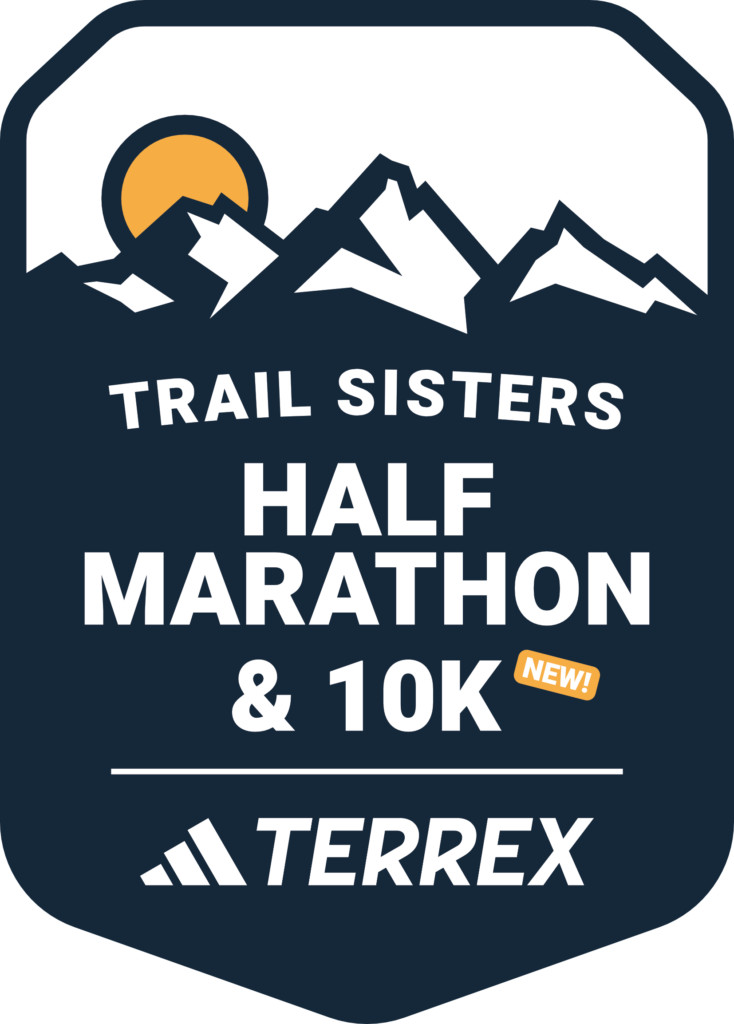
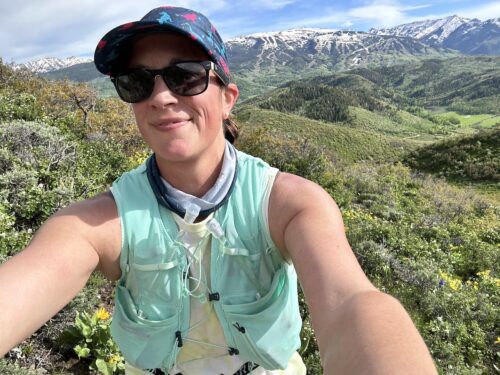
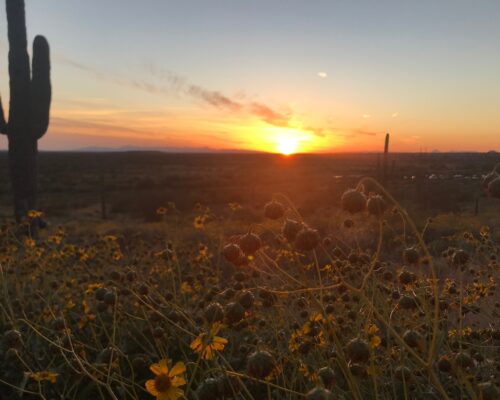

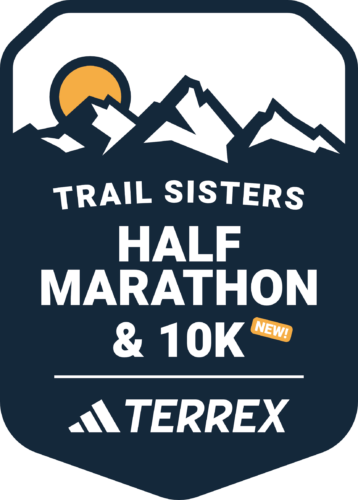
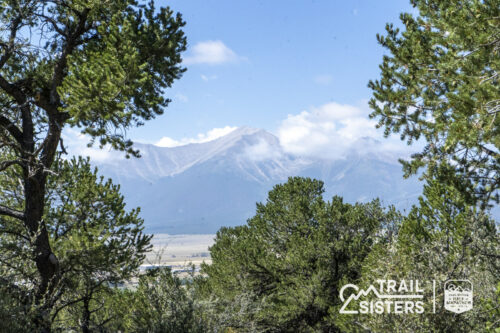
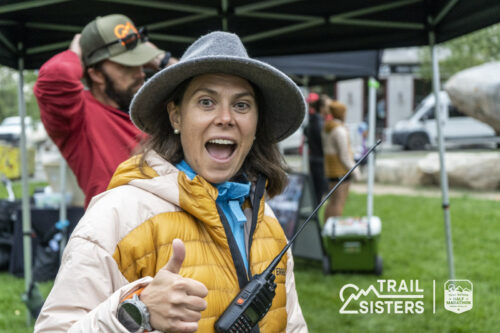
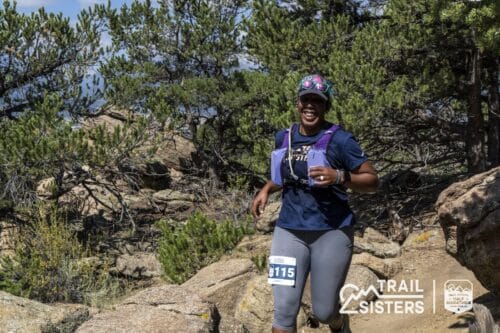

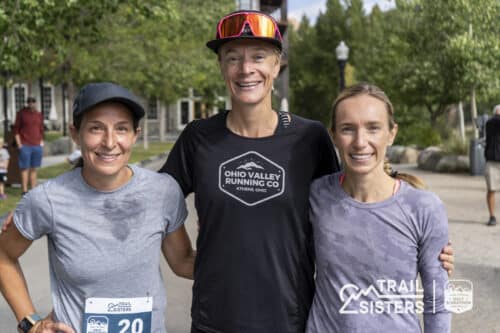
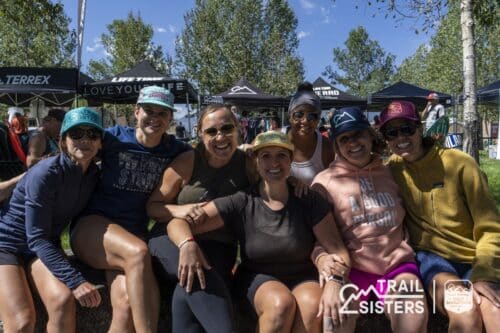
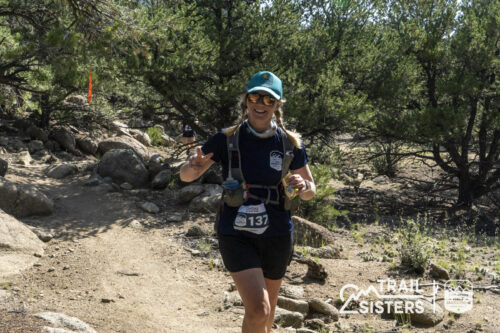
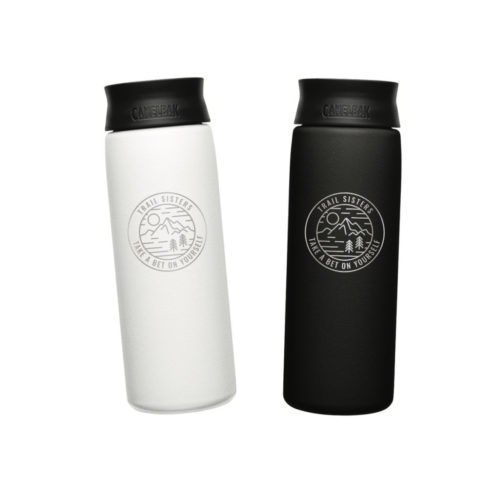
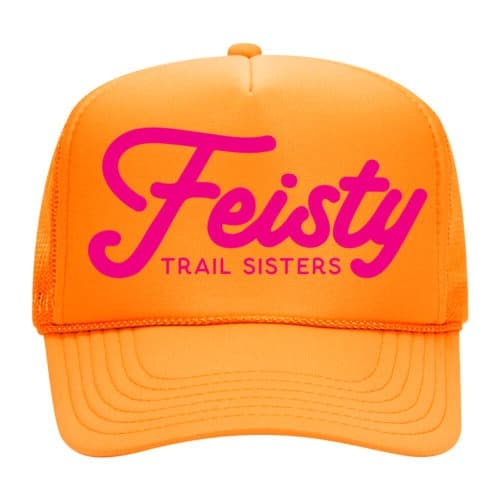
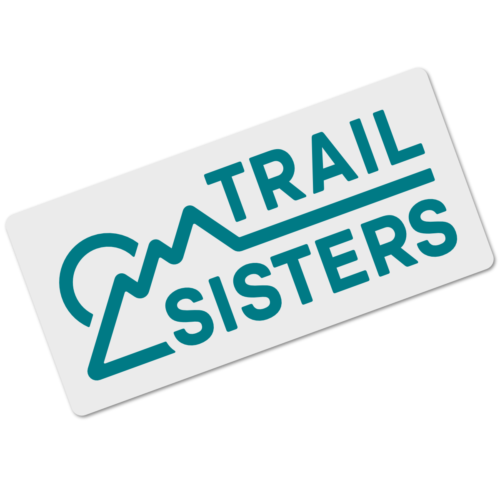
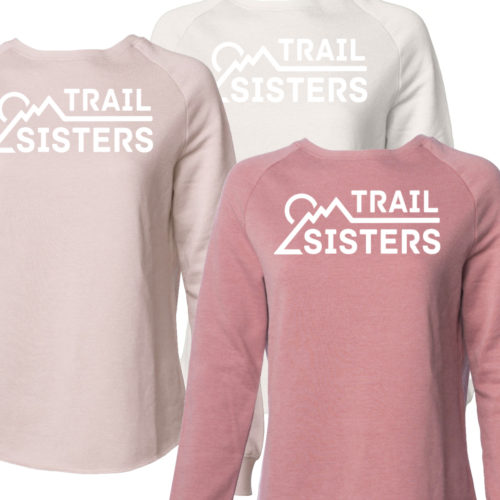
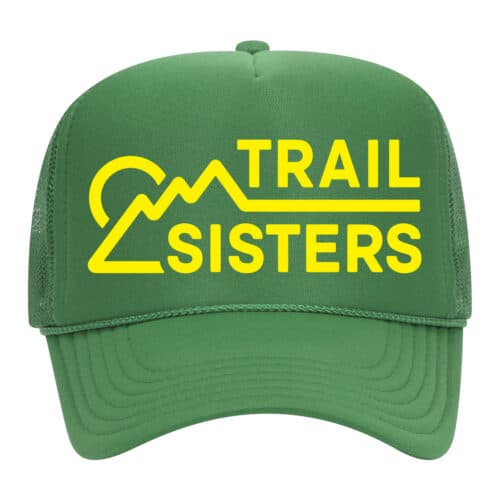
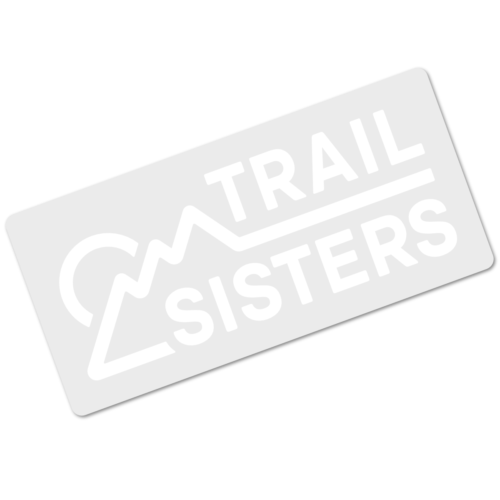

4 Responses
Thank you Clare and Trail Sisters for getting this message out there! This is an awesome review & a great jumping off point for folks to get started. And, I cannot stress this enough, a truly a critical moment to be involved. It’s now or never.
As for an additional “what you can do” step: get involved with an organization in your respective state that is also working on these issues. Examples from the west include Oregon Wild, Montana Wilderness Association, Southern Utah Wilderness Alliance, etc. The fight has to come from all levels, and aligning yourself with a statewide group is a great way to amplify your voice. Find an organization group and start attending their educational forums, and activist trainings!
Each person can make a difference when we are working towards a common goal.
This is SO good! I think we could all use a little kick in the pants to take some action and your message is extremely well structured and researched! Just sent it around to my running group!
Here is a group of trail runners who DID something! Something huge! Just this past summer!
http://www.commongroundmt.com
I’d like to thank you for the time taken for writing this truly exclusive post! This is an extremely educational post!